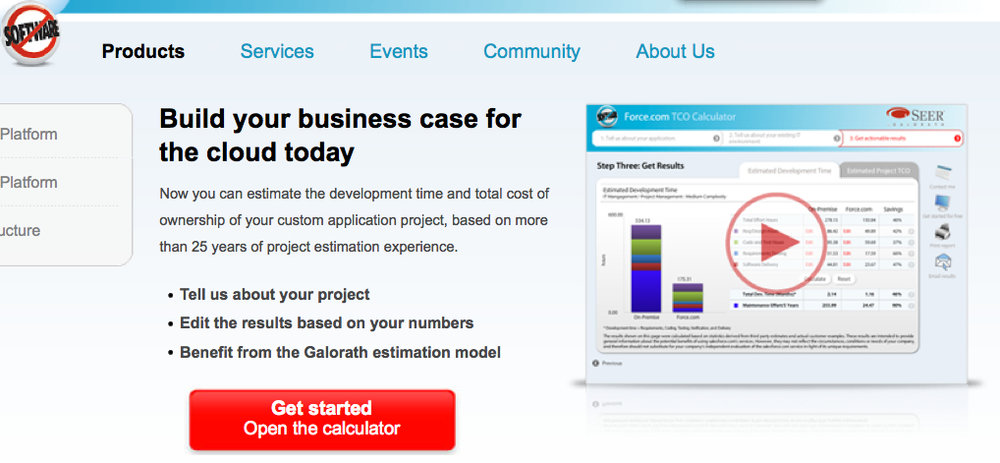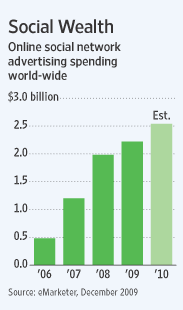Kindle 3 - The Transformation of Content Begins
/ Its not that the price of the newly announced Kindle 3 will be ONLY $139 for the Wi-Fi version, the screen is vastly improved as is the speed.
Its not that the price of the newly announced Kindle 3 will be ONLY $139 for the Wi-Fi version, the screen is vastly improved as is the speed.
Writing in Fast Company, Dan Noscowitz says that Kindle 3's most impressive new feature is the screen which is, "bar none, the best e-ink screen I've ever seen. It's fantastically sharp, with excellent contrast (Amazon claims 50% better contrast than any other e-ink display on the market), and it refreshes noticeably faster (Amazon says 20% faster) than the previous generation."
The WiFi-only version will sell for $139 as "Amazon's Anti-iPad," as the Forbes headline has it. Amazon has no intention of trying to compete with the iPad's bright and colorful multi-touch display, according to Russ Grandinetti, vp of Kindle content. "We're not really focused on that," he says. "We're really focused on building a purpose-built e-reader ... on making this device better."
More than anything, what the new Kindle does is continue to demonstrate that the distribution model for content is finally evolving to where it should be - out of print and into the cloud with highly mobile, functional and CHEAP devices enabling users to consume when and how they want to.
The publishing industry is just the beginning. The quick adoption of these devices will start to impact industries in a variety of ways, some obvious and others not. Afterall Amazon reports that e-books now outsell hardcover books by 80%, and that it sold three times as many e-books in the last quarter as it sold in the same quarter last year. Few would have believed that possible 2 years ago, but it is. Watch the WSJ report on the new device below.












